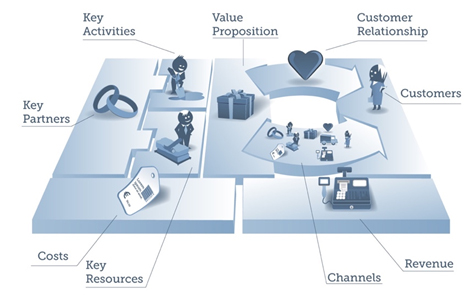
The Direct go-to-market approach:
- Using a direct go-to-market approach means that you are employing and paying all the resources required for finding, winning, making, keeping and growing happy customers.
- The benefit is enjoying full control and ability to make fast changes to the way you interact with the market.
- The drawback is the massive investments this approach requires and the steadily growing organization you need to manage on your path to market leadership.
The Indirect go-to-market approach:
- Using an indirect go-to-market approach means finding, recruiting and managing independent companies that find, win, make, keep and grow happy customers providing solutions with your product as a core component.
- Such independent companies operate in their own name, at their own expense and at their own risk.
- The benefit of the indirect approach is the enormous scalability potential
- The drawback is the added complexity of managing independent companies between you and your customers and the additional time it takes to recruit and enable the channel before you can book any significant revenue.
Introducing a third party business model into your own business model is the key issue that will help you become successful with an indirect channel.
Using the business model framework introduced by Alexander Osterwalder in his seminal book Business Model Generation, a business model with an indirect channel is illustrated in figure 1.
Key things to note:
- Partners are not your customers. They are your channel to your customers.
- Customers of your channel partners are still your customers even when the invoicing relationship is through your partners. You want to build and create brand awareness with your customers and ensure that they see value in the fact that the channel partners’ solutions are built with your core technology.
- Recruiting and managing channel partners becomes a key activity and a core competence you must have.
- You now need a value proposition for your partners as well as value proposition for your customers. Your partner value proposition is based on your understanding of the business model opportunity you provide them.
It is not only about your product, but about enabling your channel partners to build and scale a successful business model with your product as a key component of their customer value proposition.
Choosing the indirect go-to-market approach generally requires more time and additional investments up front, but pays off as your channel partners gain momentum and grow their business with your product.
This video provides a short introduction to the Alexander Osterwalder business model framework.
Hans Peter Bech is an Amazon bestselling author, keynote speaker, economist and advisor. He blogs on issues related to growing software driven companies to global market leadership and write books and whitepapers on business development in the software industry.
LinkedIn: http://www.linkedin.com/in/hanspeterbech

